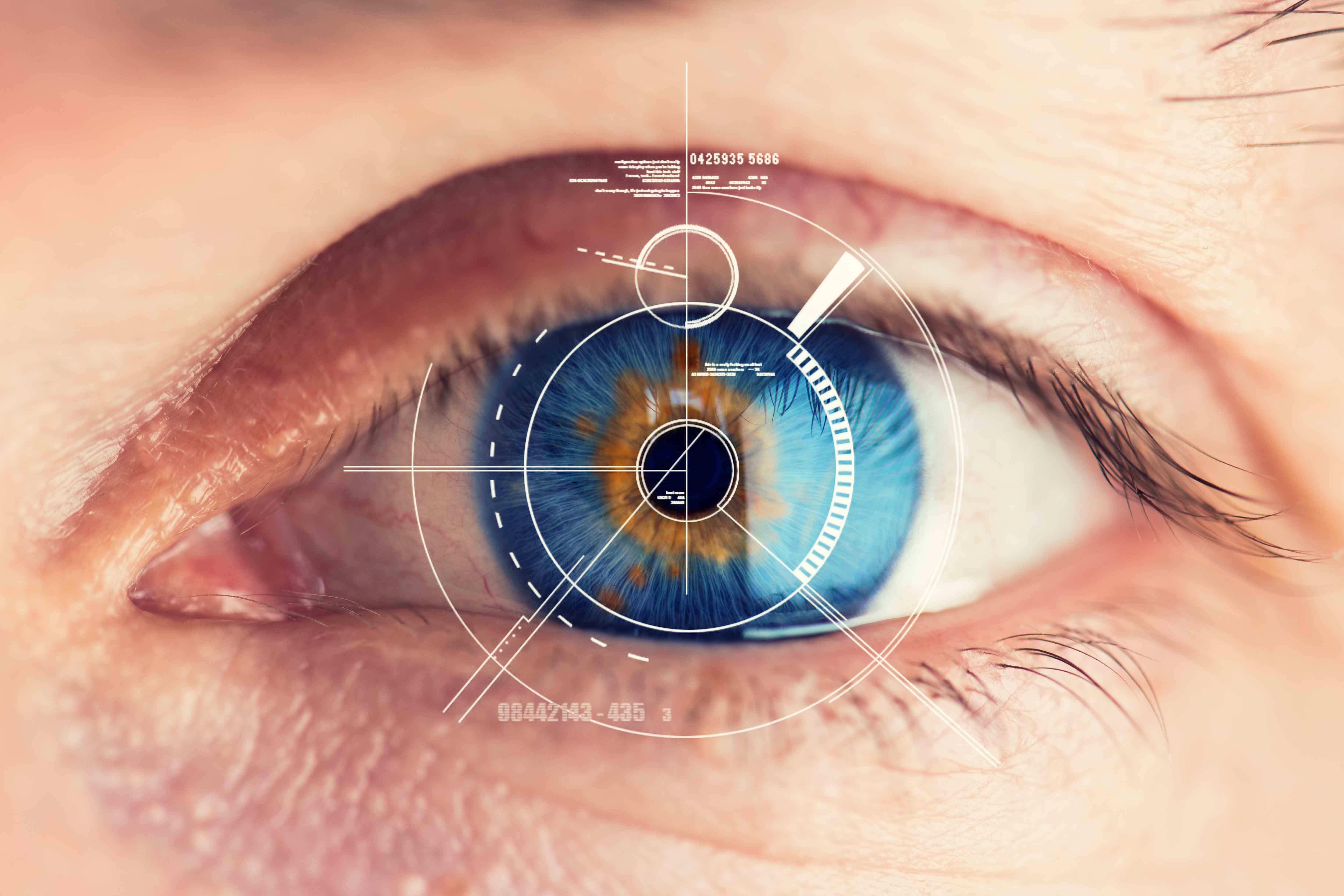The future of biometrics is coming – and it’s much more than simple fingerprint scans. Methods like those that were once considered advanced and cutting edge have become the norm as more innovative approaches are constantly being developed to keep sensitive data safe from fraudsters while adding convenience for consumers.
From voice recognition and facial scans to advanced finger geometry and other seemingly far-out security measures like DNA matching, biometrics are designed to stay one step ahead of criminals and they represent the future of user authentication. What are some of the advances being made in the world of biometrics and how are they being used?
Qualcomm, the wireless technology and innovation giant, recently announced their next generation of fingerprint biometric technology for mobile devices. Created to take fingerprints to the next level, the company’s newest fingerprint sensors will be available in multiple forms of hardware including display as well as glass and metal varieties. These sensors can be activated even when a device’s screen is turned off and can also work underwater. Perhaps most importantly, the new ultrasonic scanning system will be able to detect a user’s heartbeat and blood flow in addition to analyzing standard fingerprint lines and ridges. The first devices constructed with this built-in technology are expected to launch during the first half of 2018.
An article on a CBS news Los Angeles website described how a recent biometric scanning system installed at LAX was recently launched to help travelers navigate airport security. The identity platform called CLEAR uses an eye scan (or finger scan, depending on user preference), to identify travelers in lieu of traditional forms of identification like a driver’s license, passport, or boarding pass. Aside from security purposes, the main objective of the system is to speed travelers through long lines at the ID check and guide them to the screening lines. It does this with ease, taking approximately one second to verify each traveler.
Anyone wanting to use CLEAR must sign up prior to actually using the technology in order to create a biometric account with the service. Currently, CLEAR costs about $15 a month and is currently available at 22 U.S. airports and six stadiums. The growing popularity of the system will mean added convenience for thousands, if not millions of fliers.
Another up and coming biometric is the use of “voiceprints.” Voiceprints use specific patterns of individuals when they talk or say specific words, including the physical shape of vocal cavities as well as the way a person’s mouth moves when they speak. The actual data used to create a voiceprint is called a sound spectrogram, which is represented in a graph that shows a sound’s frequency on a vertical axis and time on a horizontal axis. Different speech sounds result in different shapes within the graph and can uniquely identify individuals.
Santander, a popular UK lender, recently extended its voice-assisted banking capabilities to allow customers to make payments using their voice on mobile devices like smartphones. The company’s use of voiceprints follows the first phase of the project which originated in 2016, which allowed customers to check their balance by speaking to the app. The new service should be particularly useful for customers who find speaking easier than typing or for those who find online banking confusing.
Companies are always looking for ways to not only increase security for consumers but also improve the user experience. In the case of Santander, creating streamlined yet intuitive banking solutions was a driving force in their shift to biometrics. The company anticipates that the pressure to adapt to authentication by biometrics will push banks and various financial industries into relying much more heavily on newer methods like voiceprints.
Going forward, advanced biometrics will be the rule when it comes to safeguarding sensitive user data, not only because the idea is “cool,” but because it will be sorely needed. Fraudsters are constantly finding ways to crack passwords and gaining access to private data and every effort will need to be made to ensure that personal information doesn’t fall into the wrong hands.
If you’re looking for the best ways to keep your business safe, National Merchants Association can provide you with solutions designed to protect the sensitive data of your customers private and secure. Contact us today for more information or to learn more!
